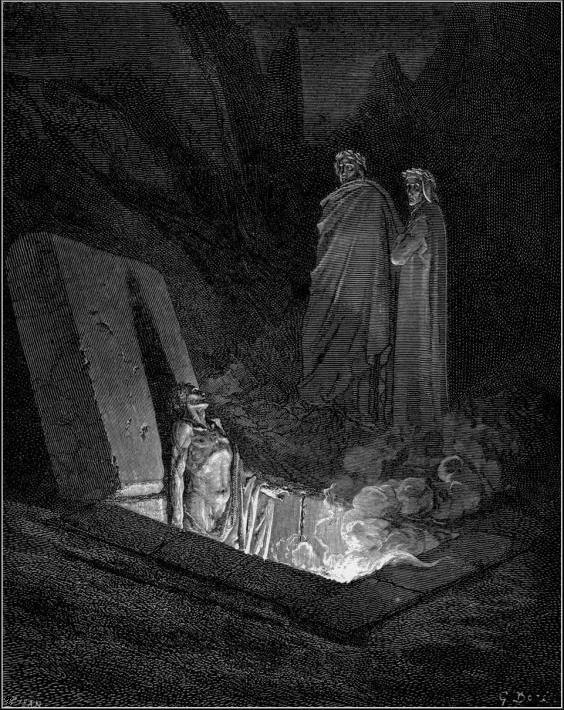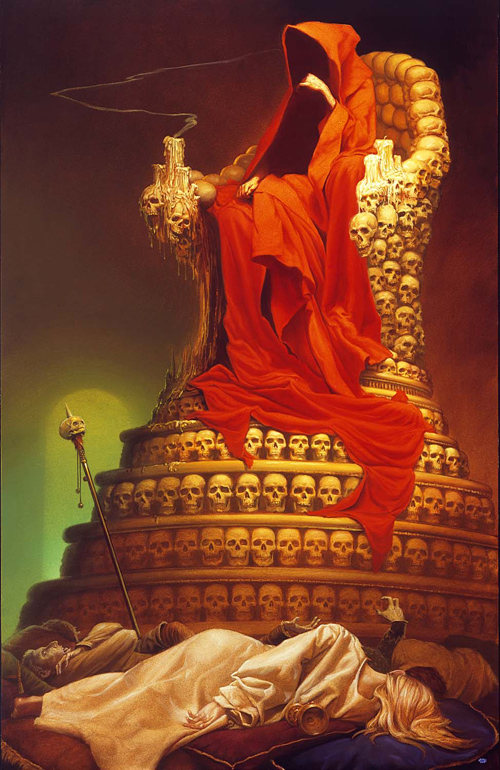
Translate from

 fictional king identified only by a color with an alchemical correspondence.
In this chapter we will explore the possible influence of Chambers and
Lovecraft in the work of Peter Sinfield, as well as the Yellow King's
similarities to Frederick II.
fictional king identified only by a color with an alchemical correspondence.
In this chapter we will explore the possible influence of Chambers and
Lovecraft in the work of Peter Sinfield, as well as the Yellow King's
similarities to Frederick II.
 Dante asks Farinata to tell him who is in there with him, and Farinata
replies "Here I lie with more than a thousand. Here within is the second
Frederick, and the Cardinal, and of the rest I do not speak" (Inf. X
118-119).
Dante asks Farinata to tell him who is in there with him, and Farinata
replies "Here I lie with more than a thousand. Here within is the second
Frederick, and the Cardinal, and of the rest I do not speak" (Inf. X
118-119).
 |
|
|
top |
|
Sign
the Dreambook
![]() Read
the Dreambook
Read
the Dreambook

|

|

|

|

|

|

|

|

|

|

|

|

|

|

|

|
 |
 |
 |
 |
 |
|
| Works |
Lyrics
& Poems |
Gallery |
Guestbook
Archive |
Links | Discography |
E-mail:
Peter Sinfield Jon Green |
Page One |

 Arachnophilia
Arachnophilia